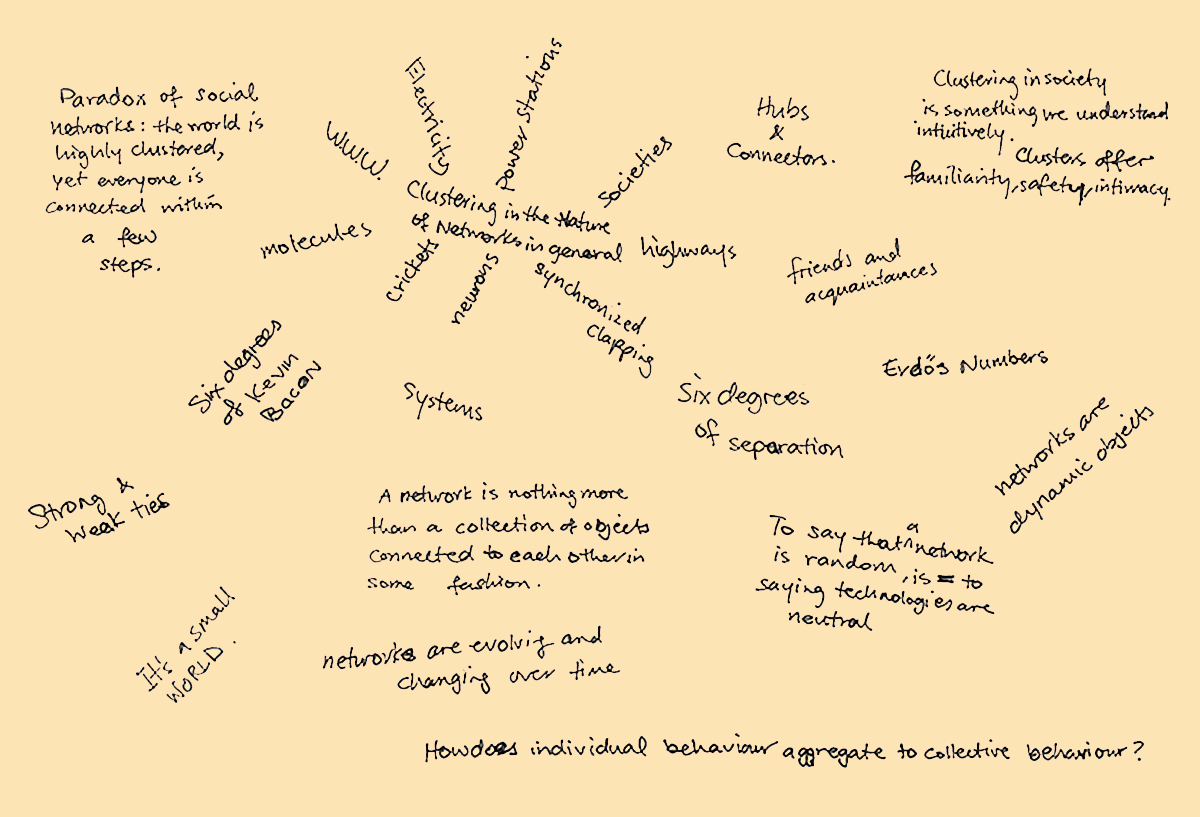In the most ‘creative’ way, I chose to use this symbol to represent how I felt about David Shield’s “Collage” text. The letter ‘a’ is situated within the circle, but it is also a part of the circle. Each fragment within the collage are individual identifiable parts that are also an indispensable contribution to the collage’s concept.
Usually, in our writing and reading, we communicate through making logical points, sequentially setting up our arguments, sentence by sentence, paragraph by paragraph. But in the “Collage” extract – ideas, notes, observations, arguments etc. are piled in an archival collage. Structure and logic has been temporarily abandoned by the author. In turn, the ‘visitor’ must experience each fragment individually, before assembling, in a reflective process, the logic or argument of the overall picture. This is an inspiring work and a beautiful and fascinating experience because, like Zen meditation, thought and judgement is suspended during the experience while the participant discovers every piece of the puzzle. And it is not only about the non-linear structure it created, but there is also a duality presented in this experience: one has to focus on the individual fragments while, at the same time, acknowledging the collective body that it is a part of.

